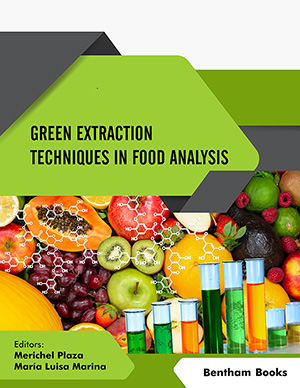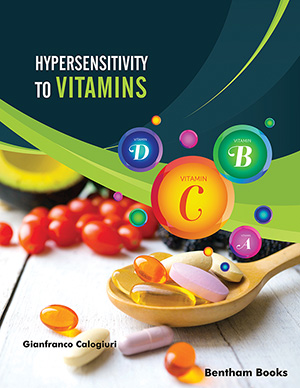Abstract
Background: Medicinal and healing plants have been used in treating human diseases for centuries because of their therapeutic effects. They may assist in curing common ailments such as a multitude of skin problems, various disorders from muscle spasms to cuts and wounds. They can be used to relieve symptoms of different illnesses from cold to some forms of arthritis or some allergies as well. The Asteraceae plant is a strong source of antimicrobial and antioxidant agents and this paper focuses on its specifications.
Objectives: The specific aim of this study was to investigate the antioxidant potential and radical scavenging of different solvents (Methanol and Ethanol) of five species i.e.Artemisia absinthium L., Arctium lappa L., Centaurea cyanus L., Silybum marianum L., and Echinops ritro L. belonging to the Asteraceae family.
Methods: Methanol and ethanol extracts of the above plants were prepared. The obtained extracts were evaluated for total phenolic content (TPC), total flavonoid content (TFC), total antioxidant capacity (TAC), chain-breaking activity (CBA), thiobarbituric acid (TBA) and 2, 2-diphenyl-1-picrylhydrazyl (DPPH) radical scavenging activity. Also, Ferric reducing antioxidant power (FRAP), Nitric oxide (NO) radical scavenging, Hydrogen peroxide (H2O2) radical scavenging and Superoxide (O2 -) radical inhibition assay were measured. Phenolic compounds were determined and measured by high-performance liquid chromatography (HPLC) as well.
Results: The collected and analyzed data showed that the highest values for the TPC, TFC, TBA, and DPPH were related to methanol extract of A. lappa L. Moreover, maximum values for the CBA, H2O2 and O2 - were observed in the ethanol extract of E. ritro L., while methanol extract of E. ritro L. showed the highest amount of FRAP and NO. Eventually, the highest value for TAC was related to A. absintium L. and it was also realized that methanol compared to ethanol solvent was more successful in the extraction procedure.
Conclusions: These findings suggest that A. lappa L. and E. ritro L. extracts can be considered as excellent natural antioxidant agents and the type of the solvent can affect the extraction of phenolic compounds. Sinapic acid as the highest level of phenolic acid was found in S. marianum L.
Keywords: Antioxidant activity, phenolic compounds, flavonoid, radical scavenging activity, asteraceae, correlation, HPLC.























